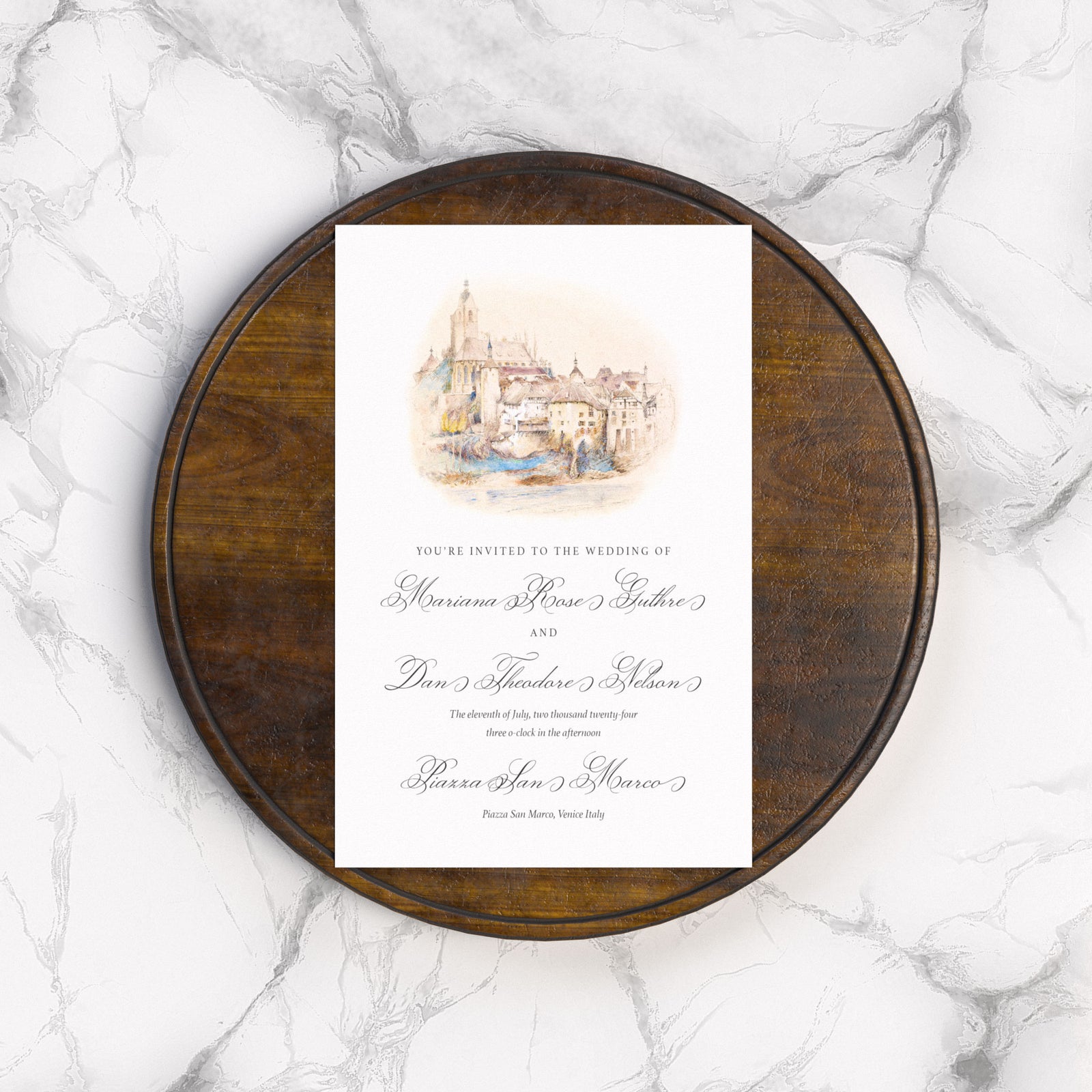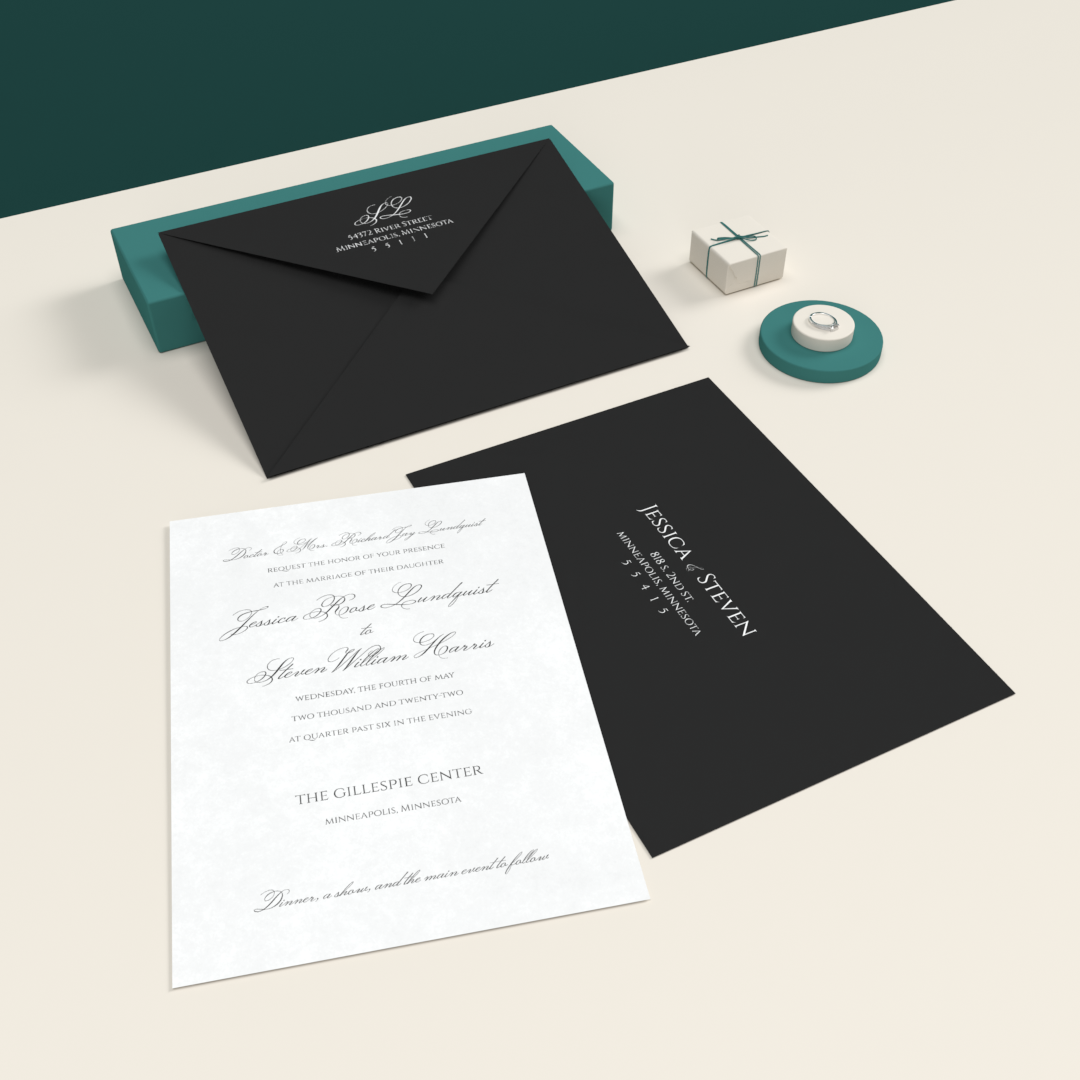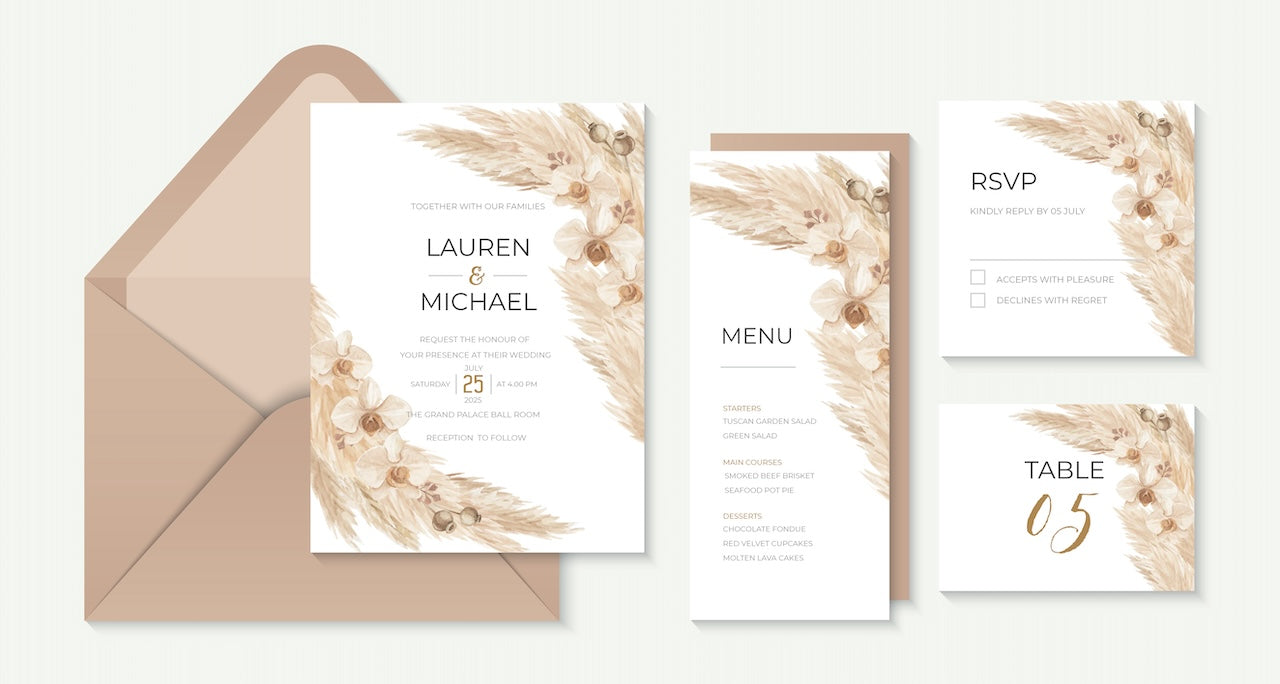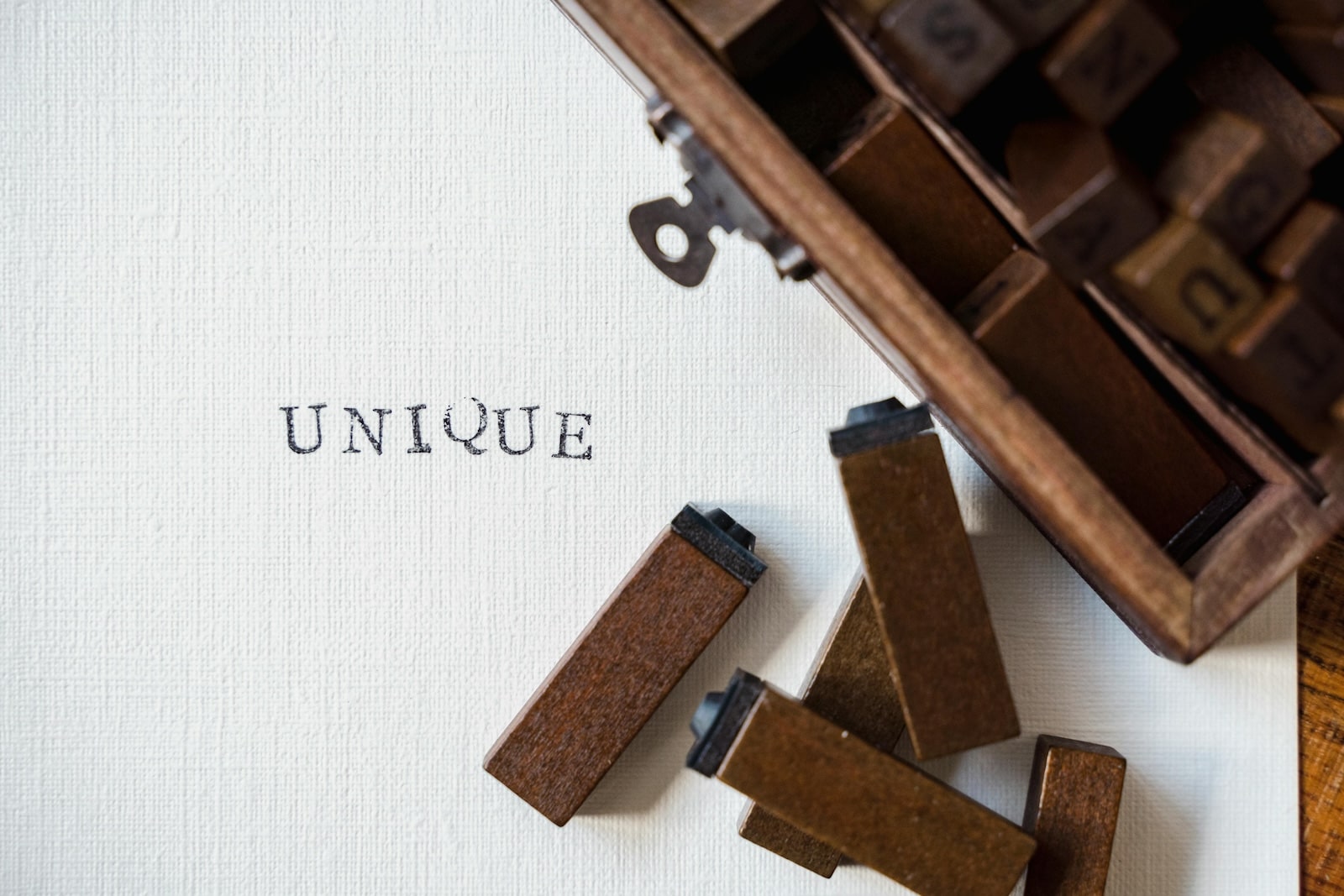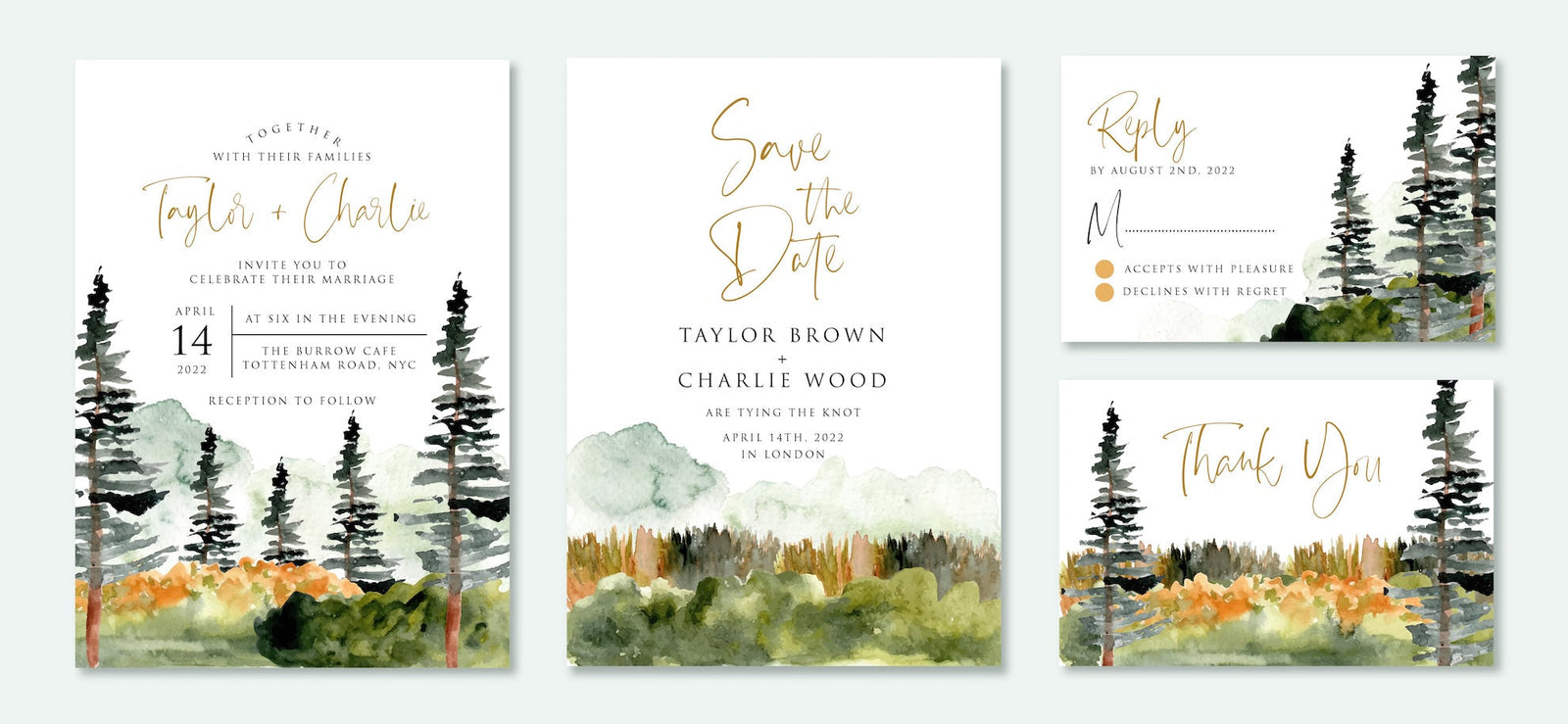In today’s digital world, you might wonder if business cards are still relevant. The truth is a well-designed business card is a powerful tool in your branding arsenal. Custom business stationery, including business cards, remains an essential element for making a lasting impression. Whether you’re networking at an event or meeting a potential client, a business card conveys professionalism and brand identity in a tangible way.

In this article, we’ll explore why business cards remain an important branding tool, how to choose the best materials and finishes, and design tips to create a custom business stationery piece that leaves a lasting impression. Exploring different business stationery ideas can help businesses find creative ways to reinforce their brand identity, making it a wise decision to invest in professional business stationery.
Why Business Cards Still Matter in the Digital Age
Despite the rise of digital networking, business cards continue to play a key role in personal and professional interactions. Branded business stationery helps create a cohesive brand identity, ensuring your business cards, letterheads, and envelopes all reflect a unified professional image. Here’s why:
- Personal, Memorable Exchange: Unlike digital contact sharing, handing someone a business card creates a personal connection and leaves a tangible reminder of your brand.
- Networking Events & Conferences: Business cards remain a go-to method for exchanging information in professional settings.
- Showcasing Brand Identity: A well-designed custom business card incorporates your brand’s colors, typography, and logo, reinforcing a cohesive image.
- Easy to Carry & Store: Business cards are convenient to keep in a wallet or desk drawer, making it easy for people to find and reach out to you.

Choosing the Right Paper & Finish
The quality of your business card says a lot about your brand. Just like when you’re selecting a custom letterhead design, consider using premium paper and consistent corporate branding materials to make your business cards stand out. For example, business envelope printing ensures your outgoing mail aligns with your brand, enhancing recognition and professionalism.
If you’re not sure which business card paper or finish suits your brand, get expert recommendations with a custom quote tailored to your needs.
1. Paper Thickness & Quality
- Standard Weight (14pt – 16pt cardstock): Common and cost-effective choice for everyday business use
- Premium Weight (32pt cardstock): Offers a luxury, ultra-thick feel for a high-end impression
- Cotton, Linen, or Recycled Paper: Ideal for those looking for an eco-friendly and textured option
2. Business Card Finishes: Matte, Glossy & More
- Matte Finish: Smooth, non-reflective, and professional
- Glossy Finish: Vibrant colors with a shiny look; fingerprint-resistant
- Soft-Touch (Suede) Finish: Velvety texture that exudes premium quality
- Textured Finish: Includes linen, embossed, or letterpress styles for a unique touch
3. Specialty Features to Elevate Your Card
- Foil Stamping: Adds metallic shine for a luxurious look
- Embossing/Debossing: Raised or pressed-in elements add texture and appeal
- Spot UV Coating: Glossy highlights on logos or text for visual contrast
- Edge Painting: Colored edges that make your card stand out
|
Finish Type |
Look & Feel |
Best For |
|
Matte |
Smooth, non-glossy |
Professional, modern designs |
|
Glossy |
Shiny, vibrant colors |
Bold, eye-catching cards |
|
Soft-Touch |
Velvety texture |
Luxury branding |
|
Embossed |
Raised text/logos |
Elegant, high-end appeal |
|
Foil Stamping |
Metallic shine |
Luxury, premium branding |
4. Digital Printing vs. Offset
When comparing digital printing vs. offset, digital printing is ideal for short runs with quick turnaround times, while offset printing provides cost savings and superior quality for larger orders.
How to Make Your Business Card Stand Out
A unique business card helps you leave a lasting impression. In addition, investing in personalized business stationery helps businesses create a unique and professional identity that clients will remember. High-quality stationery printing ensures crisp, vibrant colors and durable finishes that elevate your brand’s visual appeal. Here’s how to make your business card stand out:
1. Prioritize Simplicity & Readability
- Stick to essential information: Name, job title, company, and contact details
- Use clean, legible fonts and avoid overly decorative or tiny text
2. Incorporate a Unique Design Element
- Use brand colors and typography for consistency
- Experiment with geometric shapes, negative space, or patterns
- Consider a two-sided design for additional branding elements
3. Think Beyond the Standard Size
- Standard Size (3.5” x 2”): Fits easily in wallets and cardholders
- Alternative Shapes: Square, rounded corners, mini, or die-cut for uniqueness
- Folded Business Cards: Ideal for adding more details like a QR code or tagline
4. Add Interactive or Digital Elements
- QR Codes: Link to your website, portfolio, or LinkedIn profile for seamless networking
Make a Lasting Impression with Custom Business Cards
Your business card is more than just contact information—it’s a representation of your brand. At the same time, investing in high-quality business stationery, including custom business envelopes and premium business letterheads, enhances your overall brand presence.

These small business branding essentials create a cohesive and polished image that helps establish trust with clients and business partners. Additionally, custom notepads featuring your logo and contact details serve as practical branding tools, ensuring your business stays top of mind during office meetings and client interactions.
Rack cards provide additional space to showcase key services, promotions, and company information, making them a valuable addition to any marketing strategy. Similarly, sell sheets allow businesses to present product details, pricing, and features in a professional format, making them essential for sales presentations and trade shows. For event-based branding, table tents offer a unique way to market your business at conferences, restaurants, and promotional events, ensuring that your brand gets noticed in high-traffic environments.
Branding with printed materials such as brochures offer a more in-depth way to share company information and services, making them a powerful complement to business cards. Custom labels help reinforce brand consistency across packaging, promotional materials, and corporate stationery, ensuring a cohesive look and feel. For direct mail campaigns, networking events, or promotional giveaways, postcards provide an eye-catching and cost-effective way to share your brand message with potential customers.
High-quality corporate stationery plays an important role in building strong relationships with clients and partners. By taking a modern stationery design approach by incorporating contemporary typography, bold colors, and innovative layouts ensures that your materials remain fresh and eye-catching.
Conclusion
A well-designed business card is more than just contact information—it’s a powerful representation of your brand. By choosing the right materials, finishes, and unique design elements, you can create a memorable and professional first impression.
Whether you're looking for premium business cards or more, working with a trusted printing partner is key. Bryant Graphics offers a range of customizable options to help you create business cards and personalized business stationery that reflect your unique brand identity.
Explore high-quality business materials that enhance your brand’s visibility and professionalism. Get a custom quote today and bring your vision to life!


